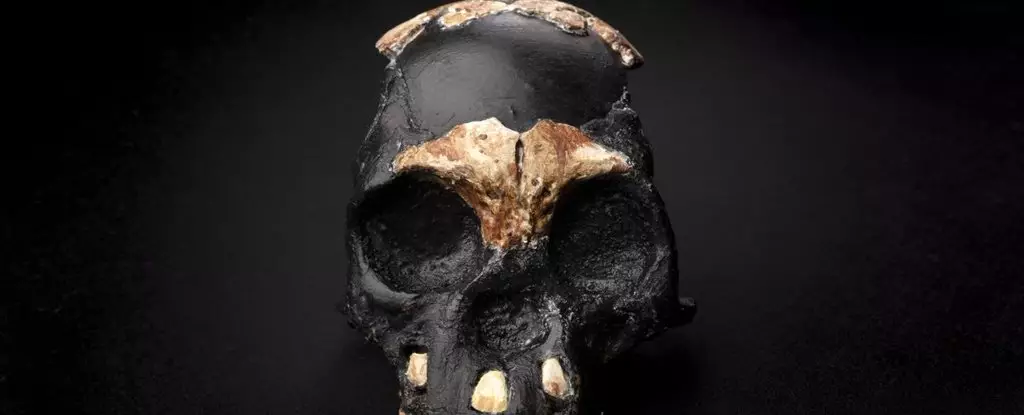The Rising Star Cave system in South Africa has long been thought to be a significant site in the study of ancient hominids, specifically Homo naledi. A claim was made by paleoanthropologist Lee Berger that the cave contained deliberate burials of these individuals, challenging previous assumptions about their cognitive capabilities. This claim was supported by a study published in a journal that allows preprints to be posted alongside peer-reviewed articles.
However, a new team of researchers led by anthropologist Kimberly Foecke has raised serious concerns about the methodology and conclusions of Berger and his colleagues. In their analysis, they found significant issues with the data analysis, visualization, and interpretation presented in the initial study. Foecke and her team argue that the evidence provided does not support the claim of deliberate burials, pointing out flaws in the data acquisition process.
One of the key points of contention is the analysis of soil samples from the cave, which was used to support the claim of intentional burials. Foecke’s team found that the description of this process lacked crucial details, making it difficult to understand how the data was collected. Additionally, they were unable to replicate the initial findings, casting doubt on the validity of the conclusions drawn by Berger and his team.
While some members of Berger’s team have acknowledged the validity of the criticisms, suggesting that revisions are underway, it is clear that the initial claim may have been premature. Foecke emphasizes the importance of approaching such extraordinary claims with skepticism, highlighting the need for rigorous research standards in the field of archaeology. It is essential to ensure that findings are supported by solid evidence before they are presented to the public.
The recent reevaluation of the evidence behind claims of ancient hominid burial practices serves as a reminder of the importance of critical analysis in scientific research. By scrutinizing the methods and conclusions of studies, we can ensure that our understanding of the past is based on sound evidence and rigorous investigation. This case highlights the need for transparency and accountability in archaeological research, ultimately contributing to the advancement of knowledge in the field.

Leave a Reply